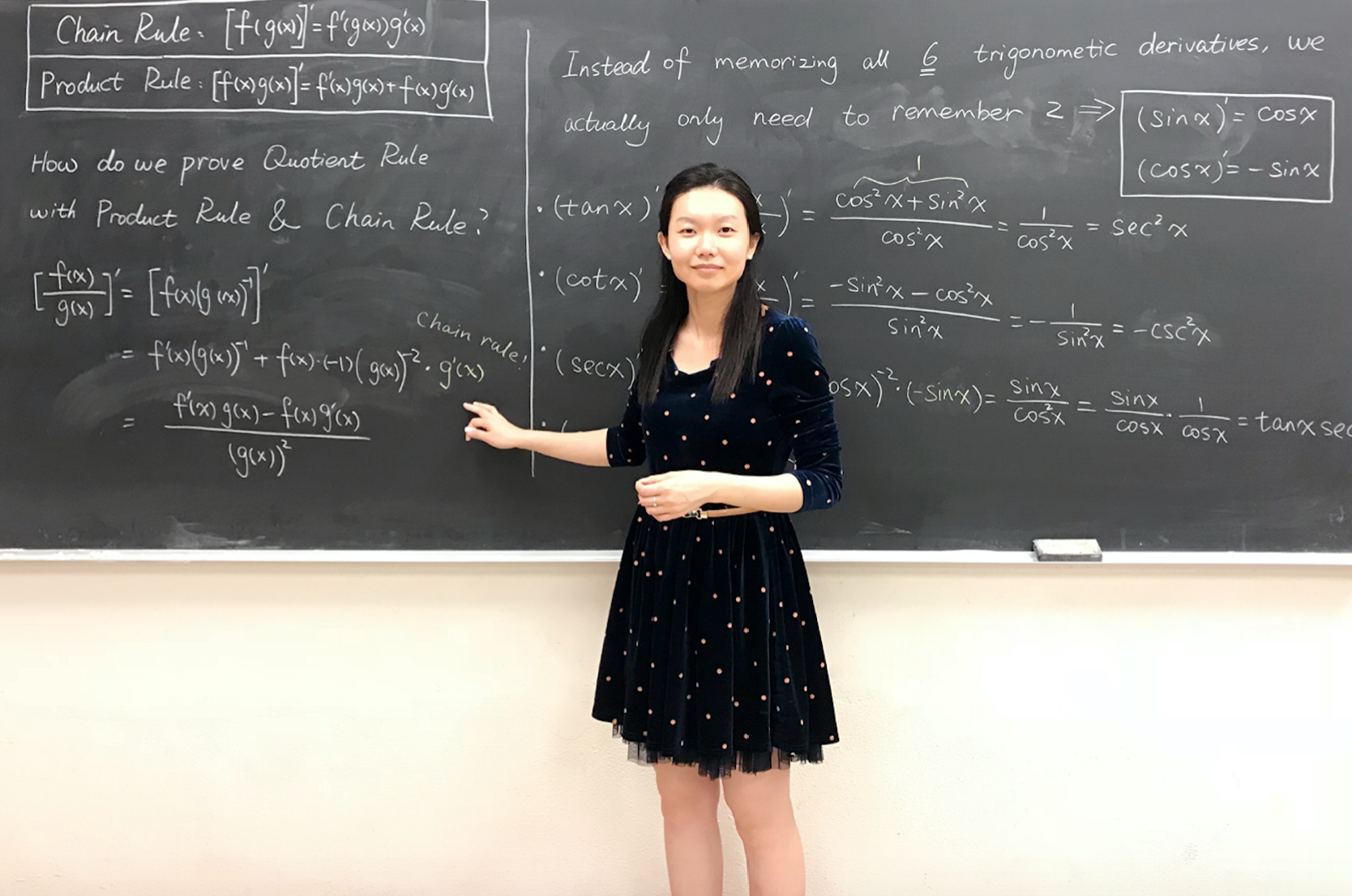Research Interests
- Applied Mathematics
- Numerical Analysis
- Mathematical Modeling
Publications
- Global well-posedness, pattern formation and spiky stationary solutions in a Beddington–DeAngelis competition system (with Qi Wang and Zengyan Zhang).
- Discrete & Continuous Dynamical Systems - A (DCDS-A), April 2020, Vol. 40, No. 4
- Pattern formation for Keller-Segel chemotaxis models with logistic growth (with Qi Wang and Zengyan Zhang).
- International Journal of Bifurcation and Chaos, February 2016, Vol. 26, No. 02
Abstract: This paper investigates a reaction-advection-diffusion system that describes the evolution of population distributions of two competing species in an enclosed bounded habitat. Here the competition relationships are as- sumed to be of the Beddington–DeAngelis type. In particular, we consider a situation where first species disperses by a combination of random walk and di- rected movement along with the population distribution of the second species which disperse randomly within the habitat. We obtain a set of results re- garding the qualitative properties of this advective competition system. First of all, we show that this system is globally well-posed and its solutions are classical and uniformly bounded in time. Then we study its steady states in a one-dimensional interval by examining the combined effects of diffusion and advection on the existence and stability of nonconstant positive steady states of the strongly coupled elliptic system. Our stability result of these nontrivial steady states provides a selection mechanism for stable wavemodes of the time- dependent system. Moreover, in the limit of diffusion rates, the steady states of this fully elliptic system can be approximated by nonconstant positive solutions of a shadow system that admits boundary spikes and layers. Furthermore, for the fully elliptic system, we construct solutions with a single boundary spike or an inverted boundary spike, i.e., the first species concentrates on a boundary point while the second species dominates the remaining habitat. These spa- tial structures model the spatial segregation phenomenon through interspecific competitions. Finally, we perform some numerical simulations to illustrate and support our theoretical findings.
Abstract: In this paper, we investigate pattern formation in Keller-Segel chemotaxis models over a multidimensional bounded domain subject to homogeneous Neumann boundary conditions. It is shown that the positive homogeneous steady state loses its stability as chemoattraction rate \chi increases. Then using Crandall-Rabinowitz local theory with \chi being the bifurcation parameter, we obtain the existence of nonhomogeneous steady states of the system which bifurcate from this homogeneous steady state. Stability of the bifurcating solutions is also established through rigorous and detailed calculations. Our results provide a selection mechanism of stable wavemode which states that the only stable bifurcation branch must have a wavemode number that minimizes the bifurcation value. Finally, we perform extensive numerical simulations on the formation of stable steady states with striking structures such as boundary spikes, interior spikes, stripes, etc. These nontrivial patterns can model cellular aggregation that develop through chemotactic movements in biological systems.
Preprints
- Residual Control: Feasibility for Modeling Piecewise Restoring Forces (with Jin-Song Pei, Joseph P. Wright and Ying Wang).
- Preprint
Contact Info

Mailing Address:
Department of Mathematics
University of Oklahoma
601 Elm Avenue
Norman, Oklahoma 73019-3103